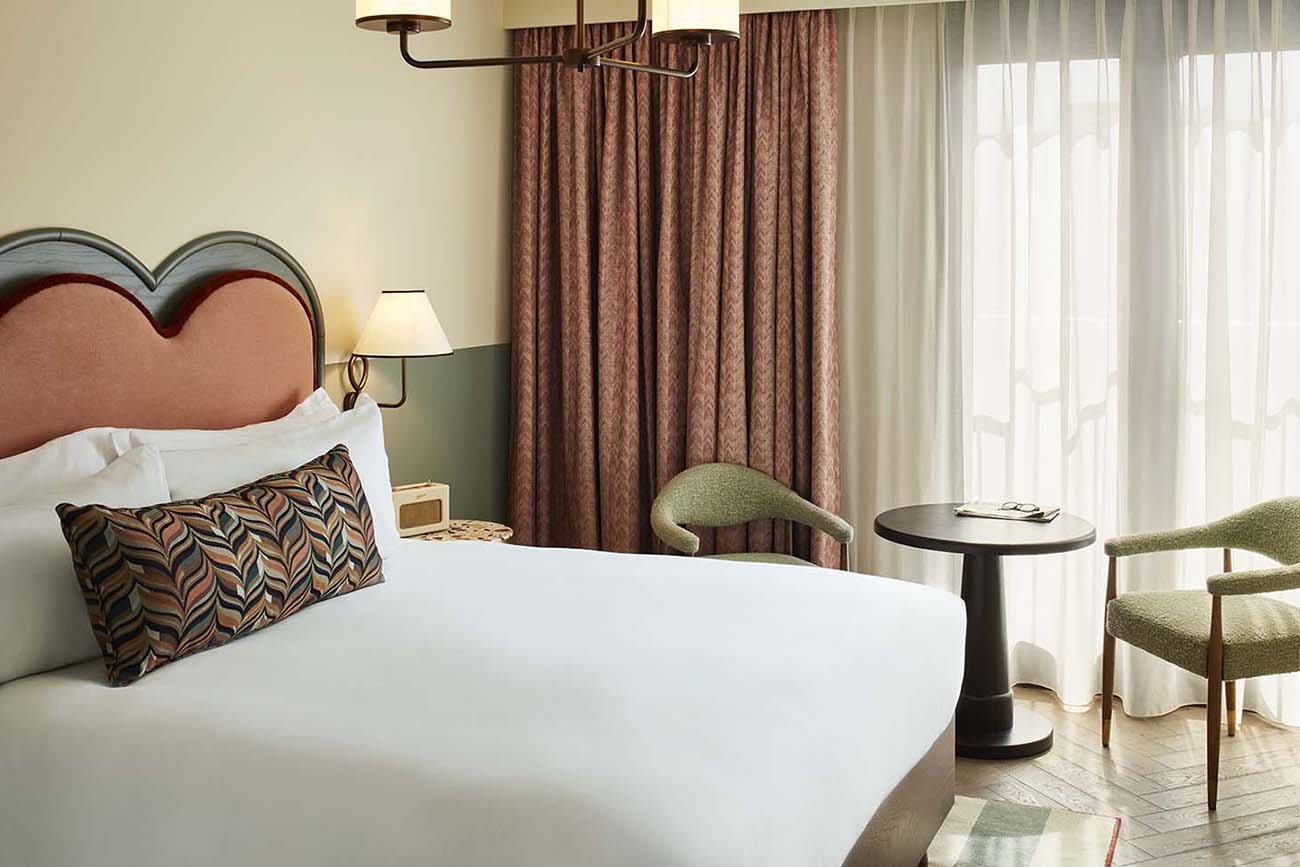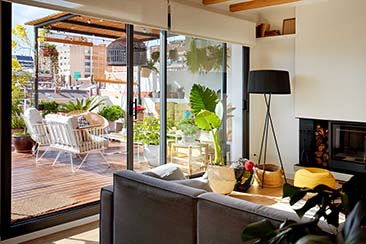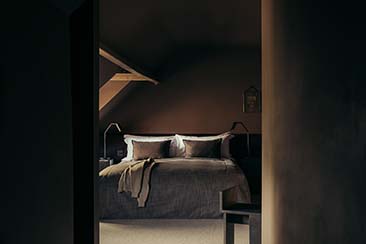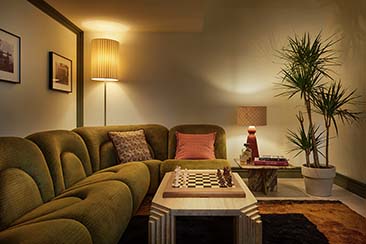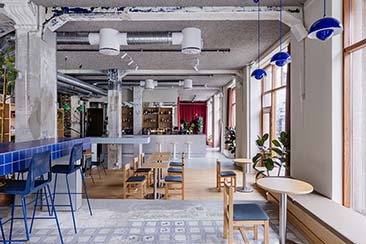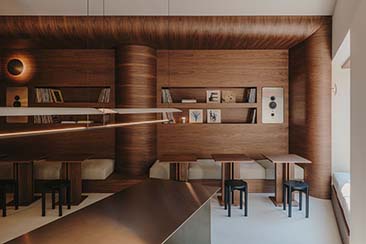Once upon a time, hotels were where we went to escape real life, and homes were where we returned to it. Today, that separation is disappearing. The warmth, comfort, and design sophistication that once defined boutique hotels are now finding their way into residential living. The modern home is no longer just a private space. It has become a curated experience that feels as indulgent and restorative as a great stay away.
Boutique hotels have long been leaders in the art of hospitality. They know how to make a guest feel seen, how to blend comfort with aesthetic, and how to create memories that linger. What is interesting is how those same design philosophies are shaping the homes of tomorrow. People are no longer satisfied with functional spaces. They want meaningful ones that evoke emotion, support well-being, and tell a story.
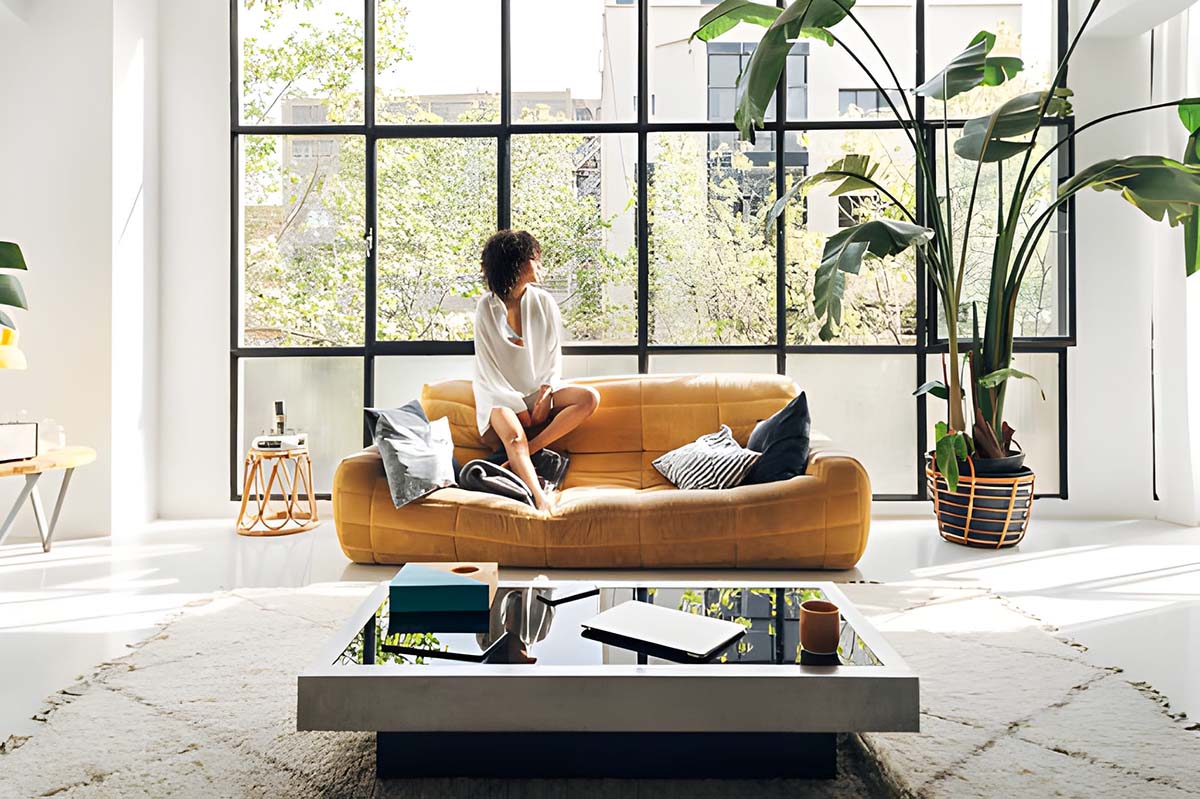
The Home as a Sanctuary
After years of fast-paced living and global uncertainty, homeowners are craving calm. They want spaces that nurture them, not overwhelm them. The pandemic years accelerated this need, but the boutique hotel industry had been perfecting it long before. Every design choice, from lighting to layout, is intentional. The same intentionality is now appearing in residential design.
Soft lighting, organic materials, and cozy textures now define the modern home, where beautiful cushions and earthy tones replace sterile interiors. Homeowners want their bedrooms to feel like spa retreats and their kitchens to feel like stylish café corners. The goal is not grandeur. It is an emotional connection.
That emotional focus is transforming architecture and interiors. Modern homes now borrow the hotel playbook: layering soft lighting, integrating natural materials, and curating sensory experiences that calm the mind. Designers have realised that comfort is not just physical. It is psychological.
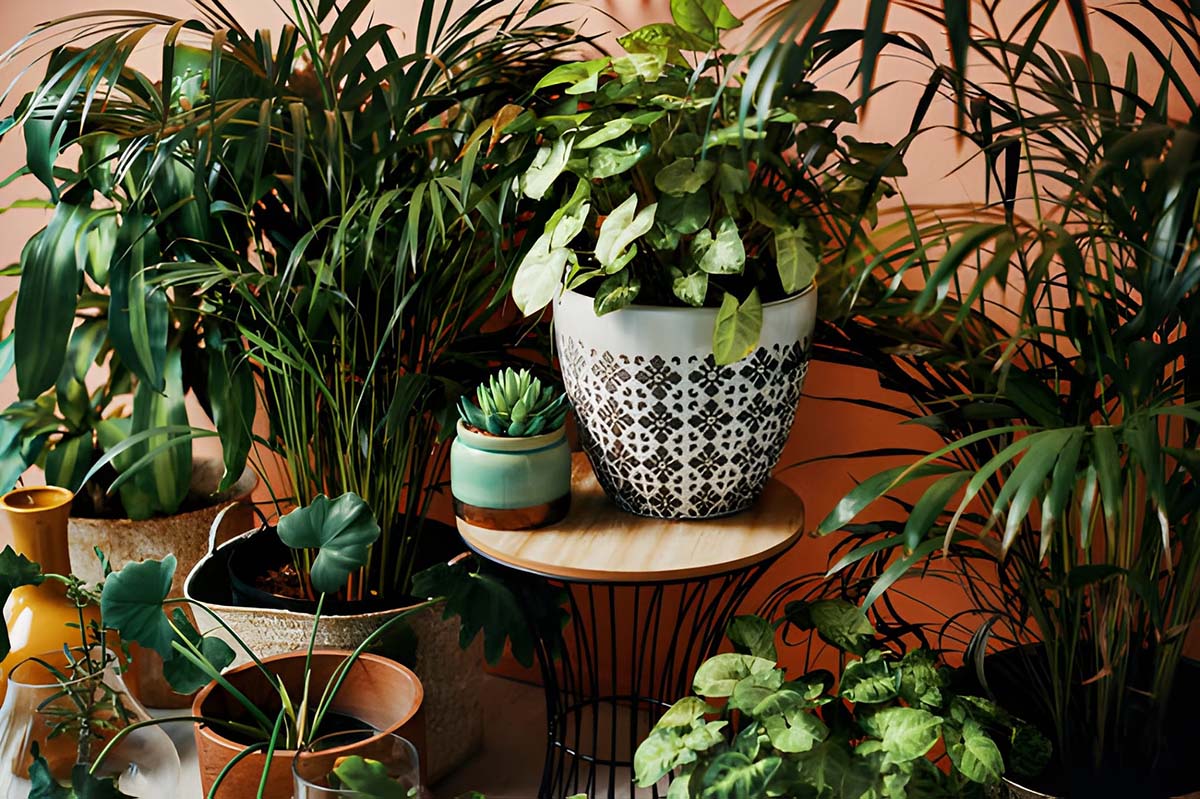
Bringing the Outdoors In
Another defining shift is the growing emphasis on natural connection. Boutique hotels have been experimenting with outdoor living and biophilic design for years. Now homeowners are following their lead. Glass walls that dissolve boundaries between inside and outside, outdoor showers, and indoor plants are more than design statements. They are tools for mental clarity and well-being.
Embers Living, a Colorado-based retailer specialising in fireplaces, grills, and outdoor living products, has witnessed how this desire for connection is transforming the modern home. Their products are designed to blur the line between inside and out, bringing warmth, atmosphere, and gathering into every season.
“What we’re seeing is that people don’t just want an outdoor feature, they want an outdoor experience,” says Chad Tatum, E-Commerce Manager at Embers Living. “A fire feature on the patio or a cozy hearth that opens to the garden changes how families live and connect. It brings that boutique-hotel sense of comfort and ambiance right into everyday life.”
This movement reflects a broader lifestyle shift. Homeowners aren’t designing spaces merely for visual appeal; they’re designing for sensory wellness. Natural light, open-air transitions, and tactile materials are becoming non-negotiable elements of home life. In many ways, today’s residences are evolving into personal retreats inspired by the world’s most thoughtful resorts.
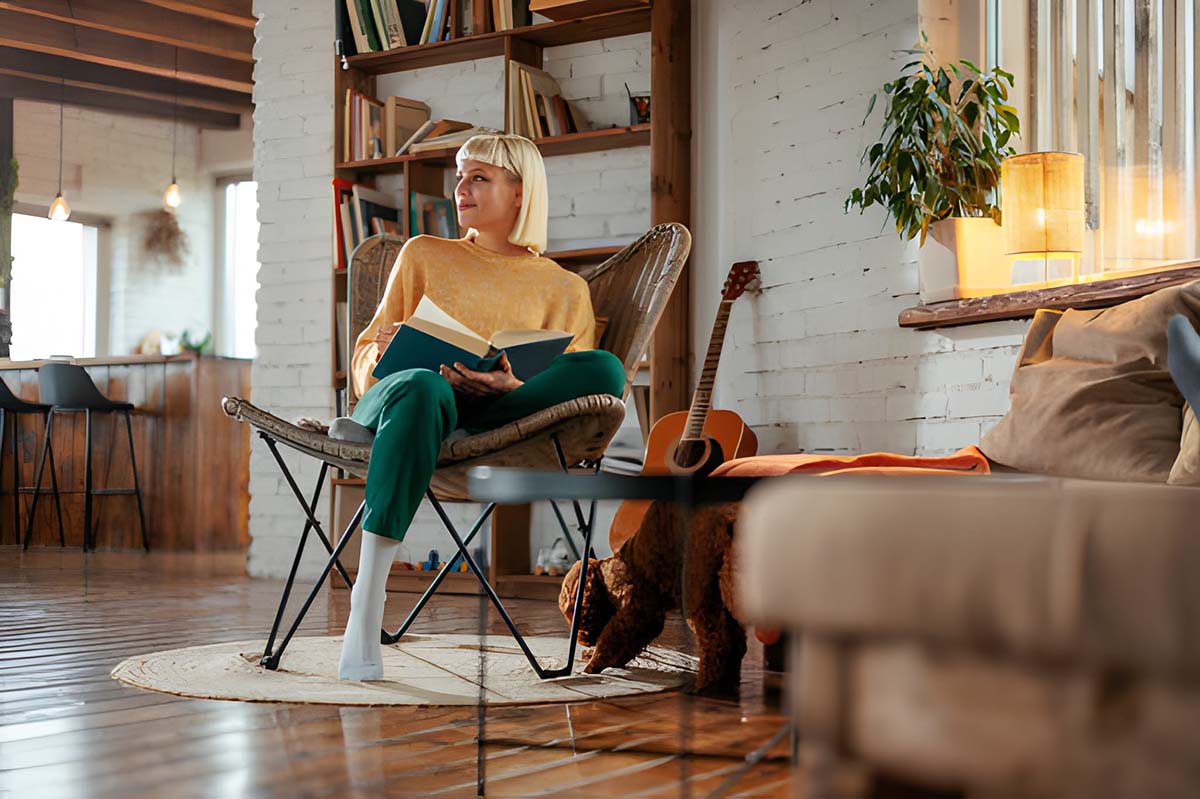
Real Estate Learns from Hospitality
The influence of boutique hotels is also reshaping the real estate development landscape. Forward-thinking developers have realised that buyers no longer want to invest solely in square footage.
That shift has created a new wave of residential projects built on hospitality principles. Shared courtyards, wellness-focused amenities, curated interiors, and concierge-style services are becoming key selling points.
Luxury real estate is no longer defined by excess. It is defined by experience. Modern buyers are asking questions once reserved for hotel guests: How does the morning light move through the space? How does the layout encourage connection? Does the design promote calm?
Cameron Walker, Agent Manager at Clever Offers, says, “The traditional property model is changing. People are looking for places that reflect how they want to live, not just where they want to live. The best developers today think more like hoteliers, creating experiences that go beyond bricks and mortar.”
That hospitality-inspired mindset is influencing everything from materials to marketing. Real estate projects are now branded like boutique hotels, with names, identities, and stories that connect emotionally with buyers. The home is no longer a static asset. It is an experience to be lived, shared, and remembered.
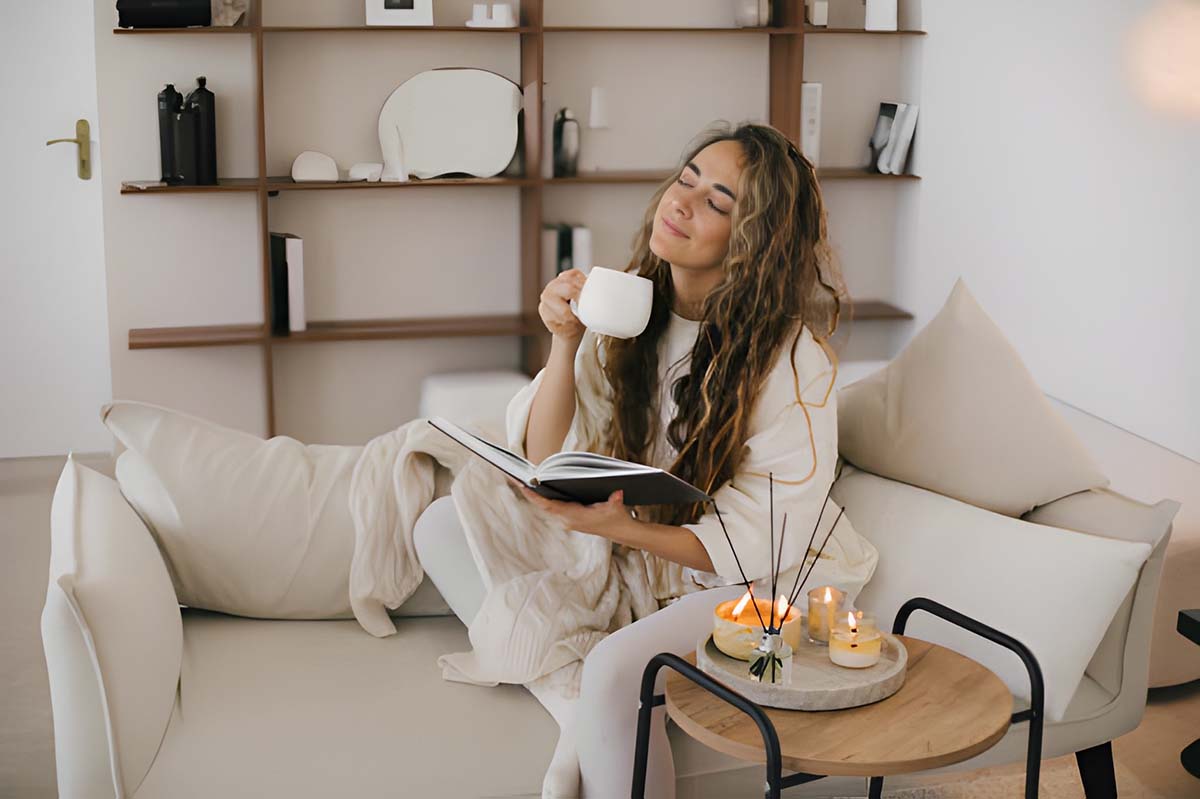
Living Beautifully, Every Day
What began as a design movement in boutique hotels has evolved into a lifestyle philosophy. It celebrates beauty in simplicity, comfort in connection, and meaning in everyday moments. The most inspiring homes now blend architecture, atmosphere, and authenticity.
Boutique hotels taught us that luxury does not always mean more. It can mean less, done better. It can mean softer lighting, fewer distractions, and materials that feel good to touch. It can mean a space that invites you to slow down.
“Seasonality is clear on TubHotels, with the strongest demand for private hot tubs during winter and the holidays, including short cold weather breaks,” says Dorothy Moore, Head of Marketing at TubHotels. “What resonates is restorative comfort that also feels responsible, from efficient heat management and smart controls to well insulated tubs. The same mood is influencing homes, where cozy lighting, natural textures, and spa-style bathrooms are becoming more common, often through small upgrades that bring hotel like calm into daily life.”
This hotel-to-home evolution is not about imitation. It is about inspiration. It is about taking the emotional intelligence of hospitality and applying it to daily life. Every design decision, from the layout of a living room to the scent that fills the hallway, contributes to how we feel at home.
Homes of Tomorrow
The homes of tomorrow are not just built. They are curated. They combine function with feeling, sustainability with style, and beauty with purpose. They remind us that living well does not require travel. Sometimes, it just requires a little imagination borrowed from our favourite hotels.
“Every home now tells a story,” says Mickel Clark, CEO at HAROLinked. “From lighting to layout, people are designing spaces that capture mood and memory, much like a director crafts a scene. The homes of tomorrow will be less about square footage and more about how living in them makes you feel.”
In this new era of experiential living, the check-in and the move-in are no longer separate moments. They are part of the same story — one where home is the ultimate destination.
